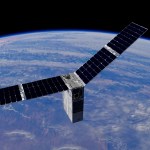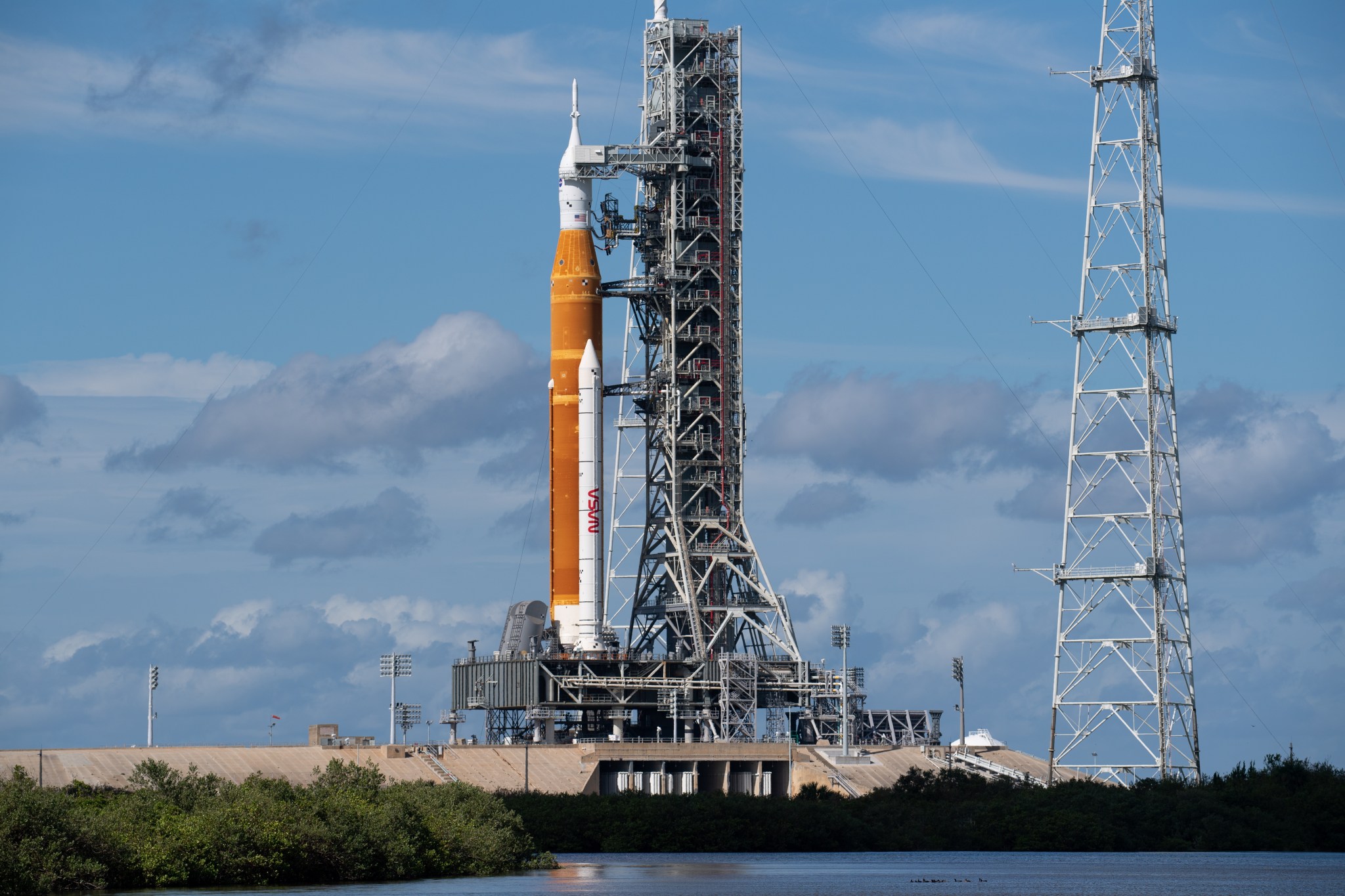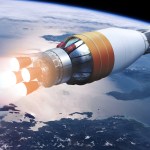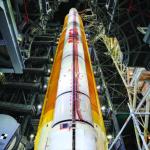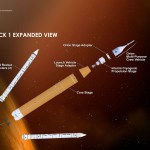SLS Fact Sheets
NASA’s Space Launch System, or SLS, is a powerful, advanced launch vehicle for a new era of human exploration beyond Earth’s orbit.
Learn more about the SLS mega rocket
SLS Overview Fact Sheet
NASA’s SLS (Space Launch System) is a super heavy-lift rocket that provides the foundation for human exploration beyond Earth orbit. With its unprecedented capabilities, SLS is the only rocket that can send the Orion spacecraft, four astronauts, and large cargo directly to the Moon on a single mission.
SLS (Space Launch System) Core Stage
NASA’s SLS (Space Launch System) core stage is the tallest stage NASA has ever built.
Meet the Rocket Infographic
NASA’s Space Launch System (SLS), the most powerful and capable rocket NASA has ever built, will send missions farther and faster through space. SLS, along with NASA’s Orion spacecraft, the Gateway in lunar orbit and, the human landing system are the agency’s backbone for deep space exploration and the Artemis lunar program.
SLS Advances Science & Technology
NASA’s new rocket, the Space Launch System (SLS), will launch America into a new era of exploration to destinations beyond Earth’s orbit. In addition to demonstrating NASA’s new heavy-lift capability and sending the Orion spacecraft into deep space, SLS also has the capability to carry CubeSats to deep space.
SLS Avionics
Avionics are the electrical systems necessary for flight and are driven by software to tell the rocket where it should go, and how it should pivot the engines to keep on the right trajectory.
SLS Interim Cryogenic Propulsion Stage
The SLS (Space Launch System) interim cryogenic propulsion stage (ICPS) is an in-space rocket stage that provides propulsion to the Orion spacecraft during the first three Artemis missions.
SLS Exploration Upper Stage
The Exploration Upper Stage (EUS) will enable the Space Launch System (SLS) rocket’s future configurations to launch NASA’s most ambitious human and robotic deep space missions.
SLS Launch Vehicle Stage Adapter
Explore hands-on activities, interactive, lesson plans, educator guides, and other downloadable content about this topic.
SLS Lift Capabilities
Space Launch System Lift Capabilities
SLS Orion Stage Adapter
The OSA (Orion stage adapter), built by NASA’s Marshall Space Flight Center in Huntsville, Alabama, connects the SLS (Space Launch System) rocket’s interim cryogenic propulsion stage to NASA’s Orion spacecraft. The small ring structure is the topmost portion of the SLS rocket.
NASA's Pegasus Barge
NASA’s barge, Pegasus, will ferry the massive core stage of the agency’s new rocket, the Space Launch System, on journeys from the Michoud Assembly Facility in New Orleans to other NASA centers for testing and for launches.
SLS RL10 Engine
During the Artemis I uncrewed test flight, a single liquid hydrogen and liquid oxygen-fed RL10B-2 engine producing 24,750 pounds (110kN) of thrust will serve as the main propulsion for the Interim Cryogenic Propulsion Stage (ICPS) that will send the Orion spacecraft to the Moon.
SLS RS-25 Engine
NASA’s Space Launch System (SLS), the most powerful rocket in the world, will be powered by RS-25 engines that combine proven performance with advanced engineering and technology. The SLS will launch astronauts on missions to the Moon and eventually to Mars.
SLS Solid Rocket Boosters
The SLS booster is the largest, most powerful solid propellant booster ever built for flight.
SLS Test Stands
Two new test stands are changing both the skyline at NASA’s Marshall Space Flight Center in Huntsville, Alabama, and the future of space exploration.
Booster Fabrication Facility
The Booster Fabrication Facility (BFF) is a 45-acre site at NASA’s Kennedy Space Center in Florida, located near the Vehicle Assembly Building and the mobile launcher site.
The Great Escape: SLS Provides Power for Missions to the Moon
Getting to the Moon requires a powerful rocket ship to accelerate a spacecraft fast enough to overcome the pull of Earth’s gravity and set it on a precise trajectory to its destination.
SLS Block 1B
NASA’s SLS (Space Launch System) is the primary crew transportation to the Moon for the agency’s Artemis campaign. SLS Block 1B is a more powerful and versatile upgrade of the Block 1 variant that successfully launched the Artemis I uncrewed test flight to the Moon in November 2022.


